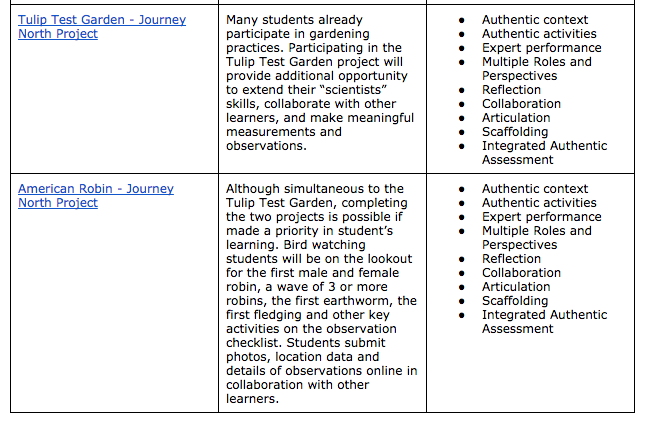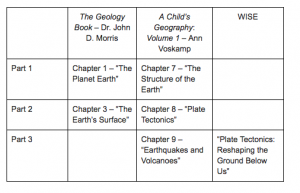Through the readings from this past week, I have explored a seemingly disjointed array of ideas. Following is a brief overview:
Carraher, Carraher and Schliemann (1985) present the effect of contextualized learning on mental math computation processes with street vendor children in Brazil; Falk and Storksdieck (2010) share results from their study on adult leisure science learning at the California Science Center in Los Angeles; Butler and MacGregor (2003) provide an in-depth explanatory overview of the GLOBE program designed to enable “authentic science learning, student-scientist partnership, and inquiry-based pedagogy into practice on an unprecedented scale” (p.17)! Although these three readings are diverse in study and purpose, one significant theme pronounced itself throughout: the theme of contextualized learning. Regardless of the age of learner, socio-economical position, or location on this great planet, contextualized learning offers authenticity of learning and effective growth in both content areas and competencies.
When considering authentic learning, I like to refer to Herrington and Kervin’s (2007) definition:
The nine characteristics of authentic learning include:
- Authentic context that reflects the way knowledge will be used in real life.
- Authentic activities that reflect types of activities that are done in the real world over a sustained period of time.
- Expert performance to observe tasks and access modelling.
- Multiple Roles and Perspectives to provide an array of opinions and points of view.
- Reflection to require students to reflect upon knowledge to help lead to solving problems, making predictions, hypothesizing and experimenting.
- Collaboration to allow opportunities for students to work in pairs or in small groups.
- Articulation to ensure that tasks are completed within a social context.
- Coaching and Scaffolding by the teacher in the form of observing, modelling and providing resources, hints, reminders and feedback.
- Integrated Authentic Assessment throughout learning experiences on a task that the student performs i.e. project rather than on separate task i.e. test.
(Herrington & Kervin, 2007)
Although all of these characteristics of learning are not prominently practiced in the networked communities explored during this past week, many, if not all, can be emphasized through teacher design by incorporating a combination of non-technology based and network community activities.
The follow learning outline is designed using the network community called Journey North along with other on-going non-technology nature study activities. As an individual and an educator who advocates for regular nature study as a part of one’s life, the Journey North community peeked my interest as a very viable resource to integrate with already implemented nature study practices with students from grades K-4. I have chosen two projects at Journey North that could be easily implemented with my younger distance learning students. Following is a chart with resources and activities aligned with the authentic characteristics of learning as described by Herrington et al. (2007).



